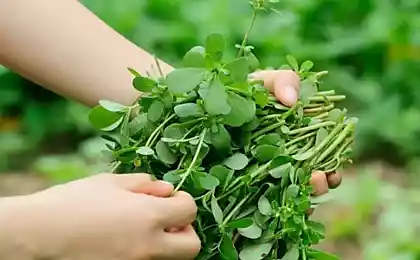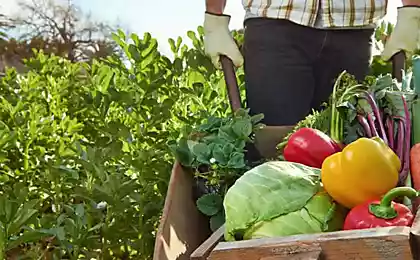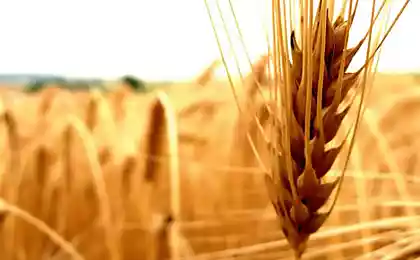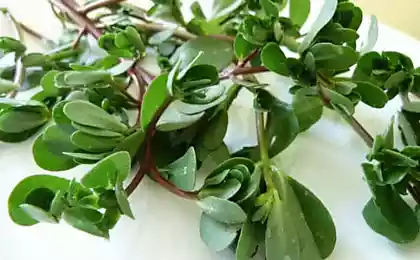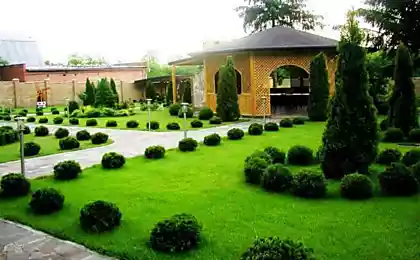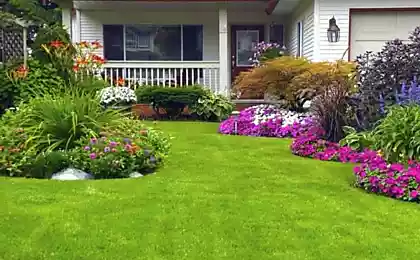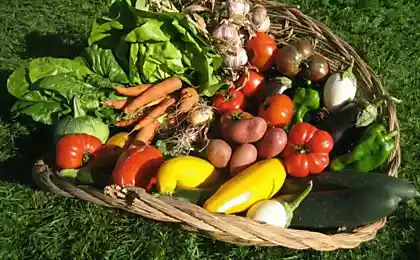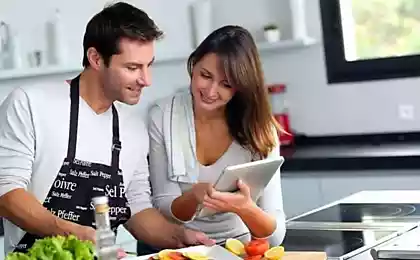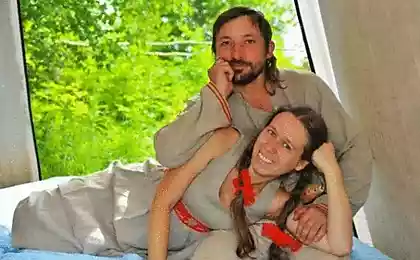355
Purslane — the forgotten vegetable on the lawn
Referring to recently in the comments to the post "Decorative vegetables on the lawn – why not?" – purslane (aka mash)garden, I decided to fill the gap about this forgotten vegetable plant. Unlike its ornamental relative of Portulaca grandiflora (Portulaca grandiflora), information about it almost there, but this is a very interesting edible, medicinal plant, but all in good time.
Botanical reference. Garden purslane (Portulaca oleracea) is an annual herbaceous plant with creeping fleshy, branched, usually pinkish-brown stems, with the height of 10-50 cm Leaves thick, spatulate. The flowers are yellow, axillary, solitary or aggregated in clusters; bloom in June-August. Fruit – capsule; ripen in August-September.
In contrast to the wild variety (var.oleracea), cultural (var.sativa) is characterized by a more fleshy, leaf size (length 2.6-7 cm), flowers (diameter to 2 cm), large quantity in bundles (up to 5-13), a more elevated or erect stems.
Especially decorative cultivar ‘Golden Yellow’ (leaves are Golden yellow, the stems are raised).
Where you can find purslane in nature. It is found on sandy deposits along river banks, meadows, weedy places in the European part, Caucasus, far East, and Central Asia.

Application. The purslane is a wild and cultivated vegetable, spices, medicinal, highly ornamental plant. In the food consumed fresh, boiled, marinated, pickled young leaves and stems with a weak odor and sour, refreshing taste (salads, entrees, sauces, seasoning for meat and vegetable dishes, garnish). With the purpose of treatment using grass as antiscorbutic, body cleansing, diuretic, choleretic, wound healing, vermifuge, increasing blood pressure, strengthening heart rate means, as a substitute of adrenaline with milder forms of diabetes. Contraindicated in pregnancy and in large amounts — hypertension and gout. Accommodation in the country.The larger cultural variation of purslane attracts attention with its thick, succulent leaves that make the plant like succulents (no wonder one of the types of jade, known in the culture room as “money tree”, call portulaceae). It is better to plant groups in rockeries, between the rocks, on the edge of the ridges, beds. The distance between rows 45 cm between plants 15-20 cm, seeding depth 0.5-1 cm Gives self-seeding. To soil undemanding, but grows best on fertile, not very dense, wet enough.
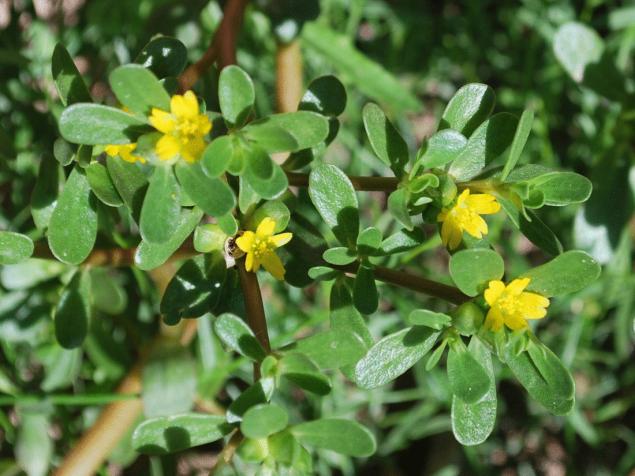

Source: www.7dach.ru

